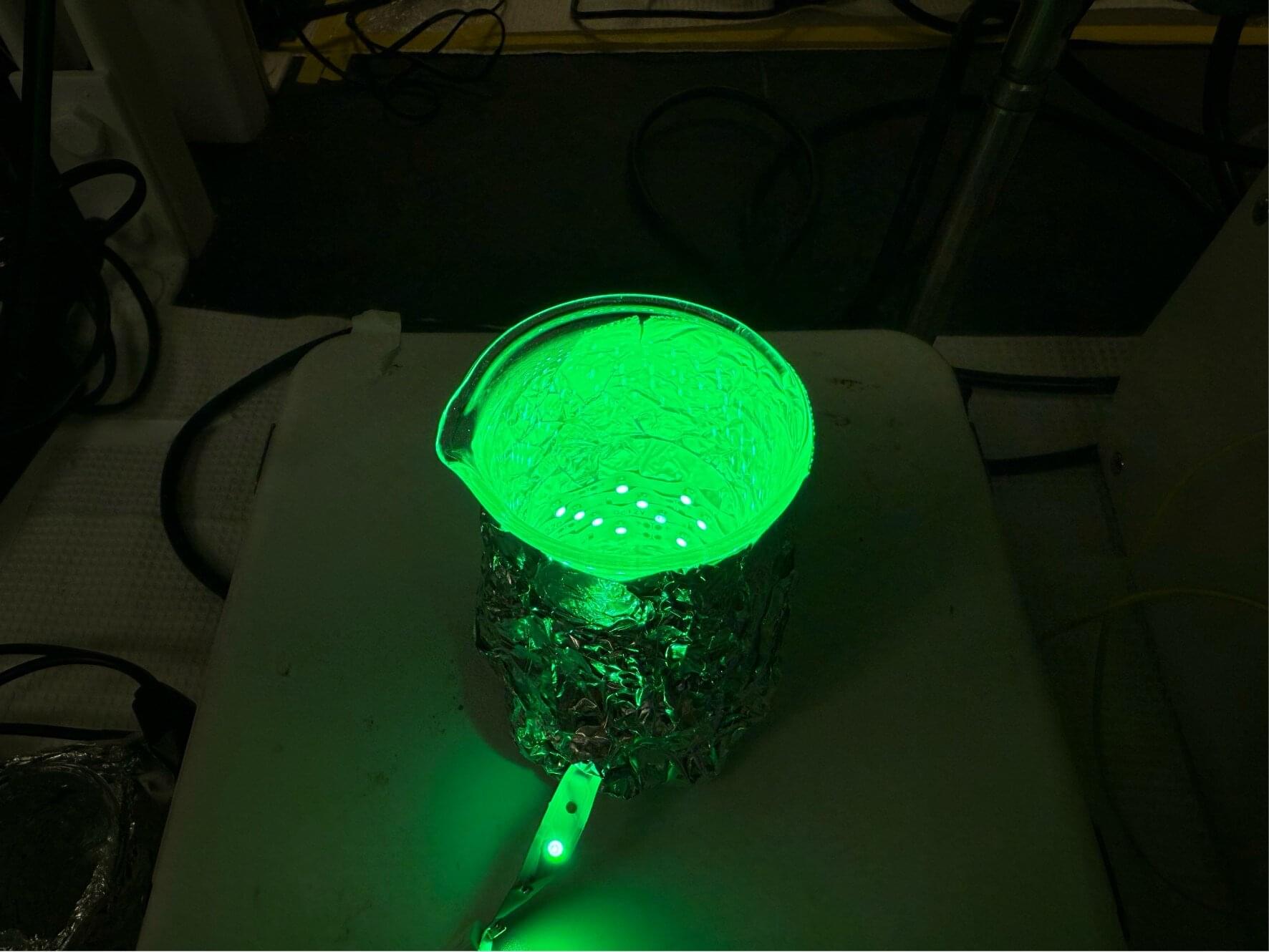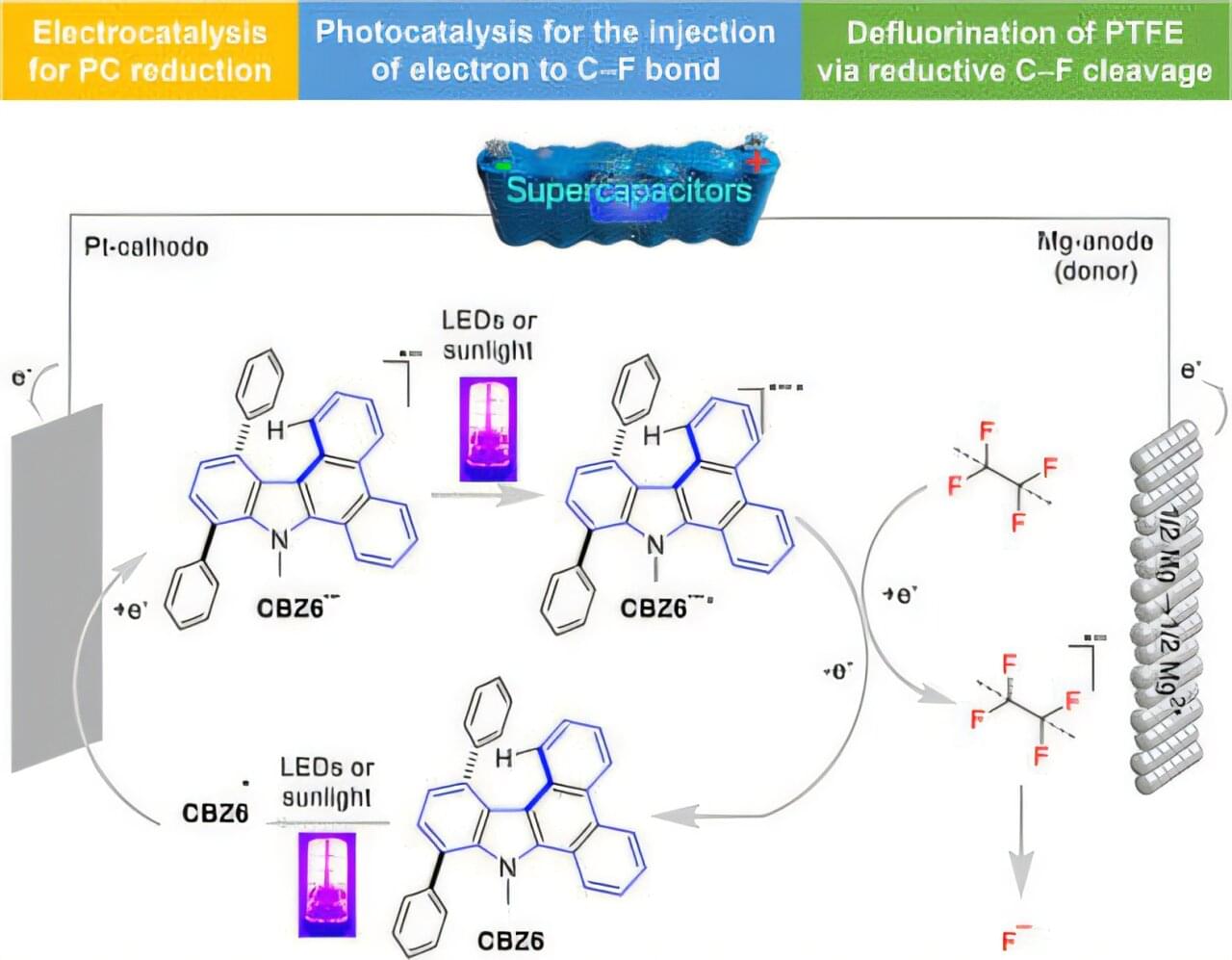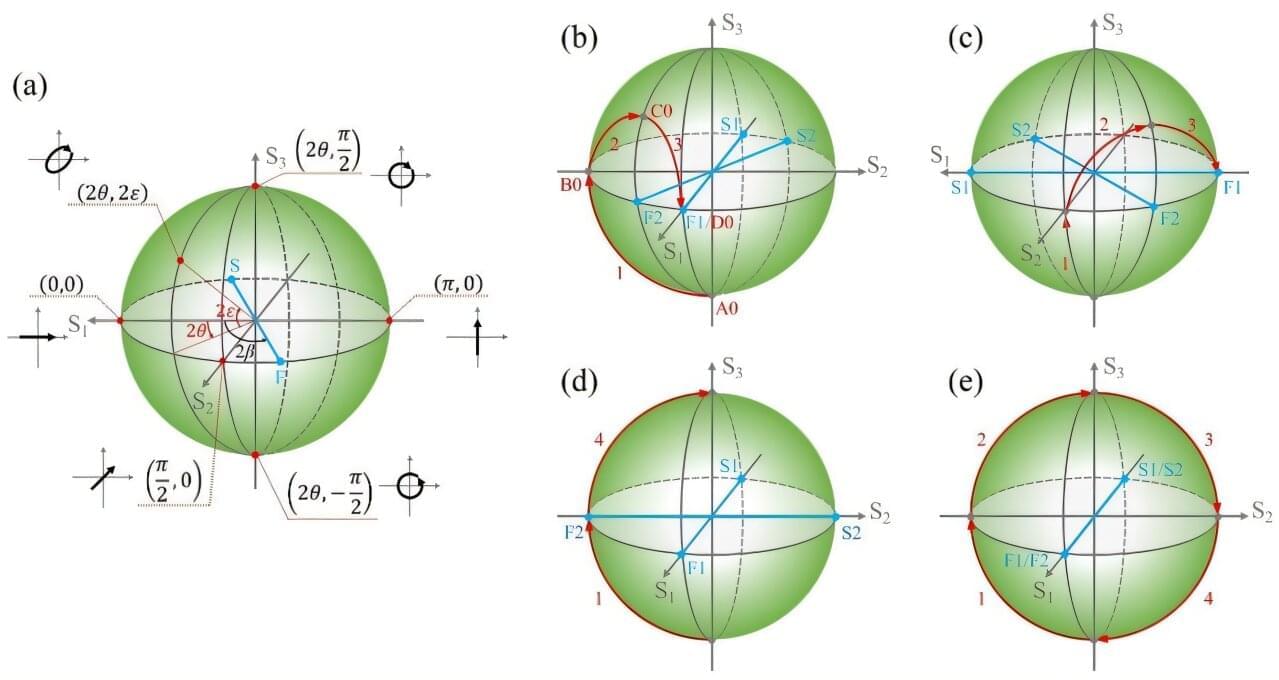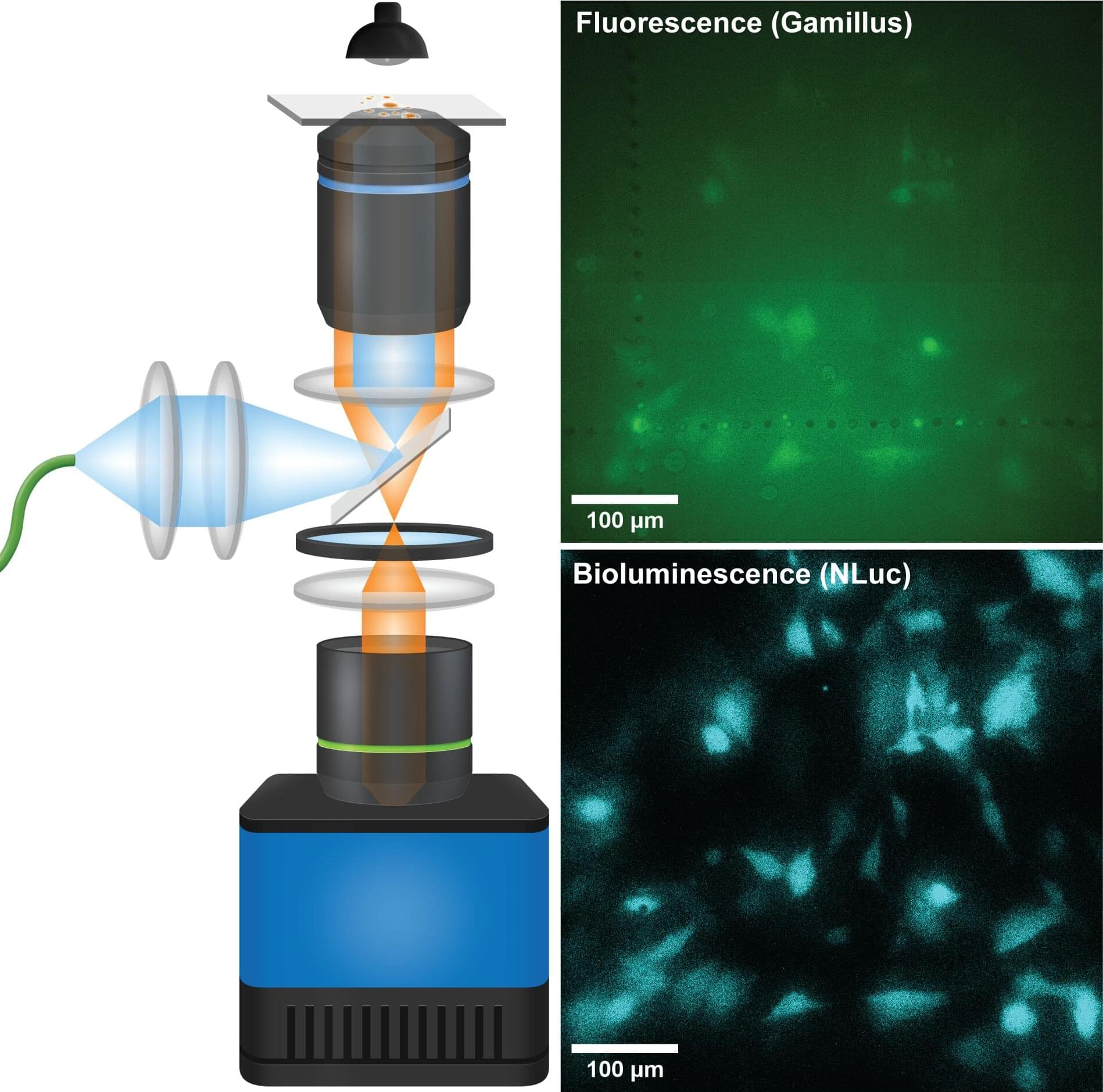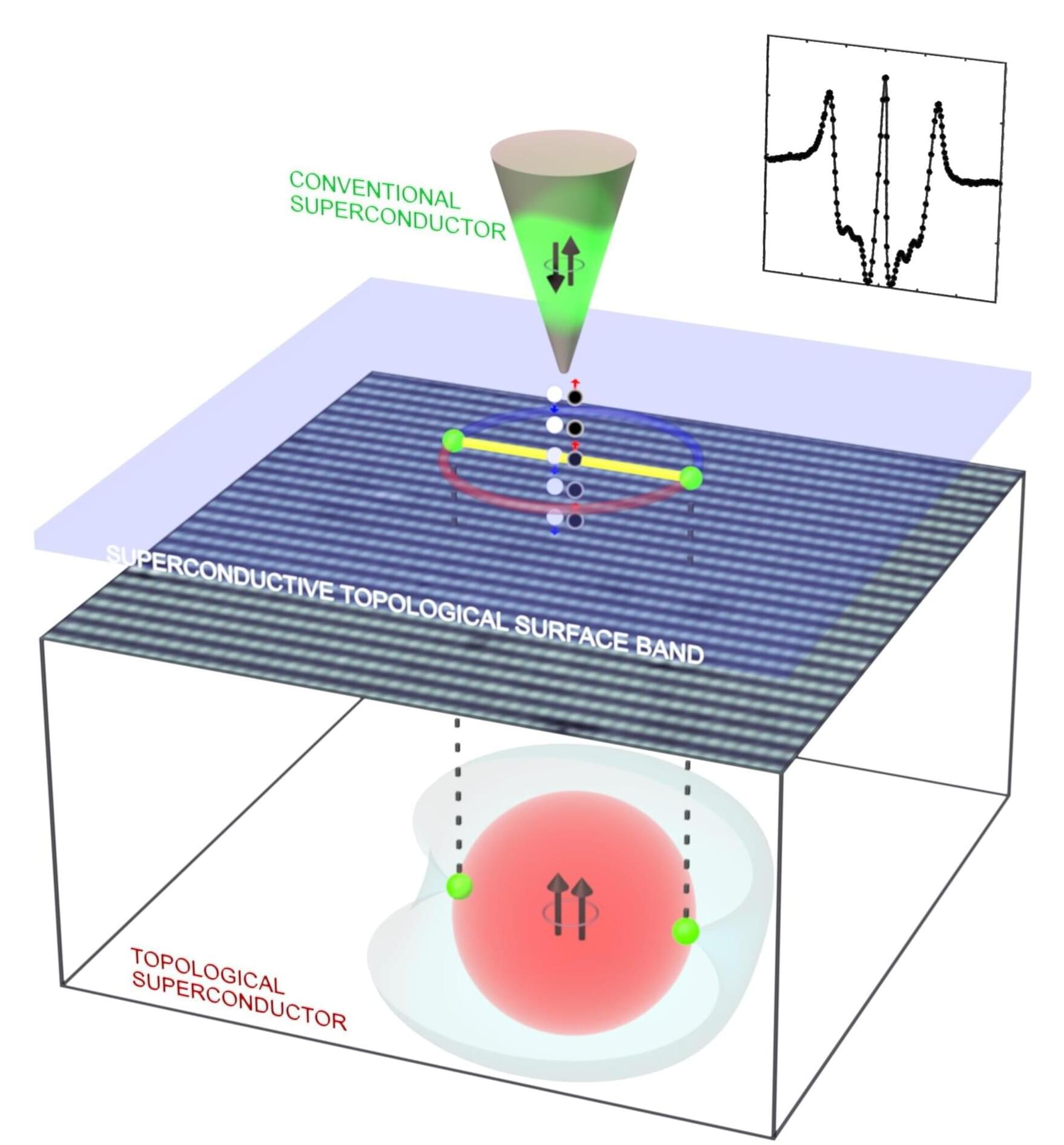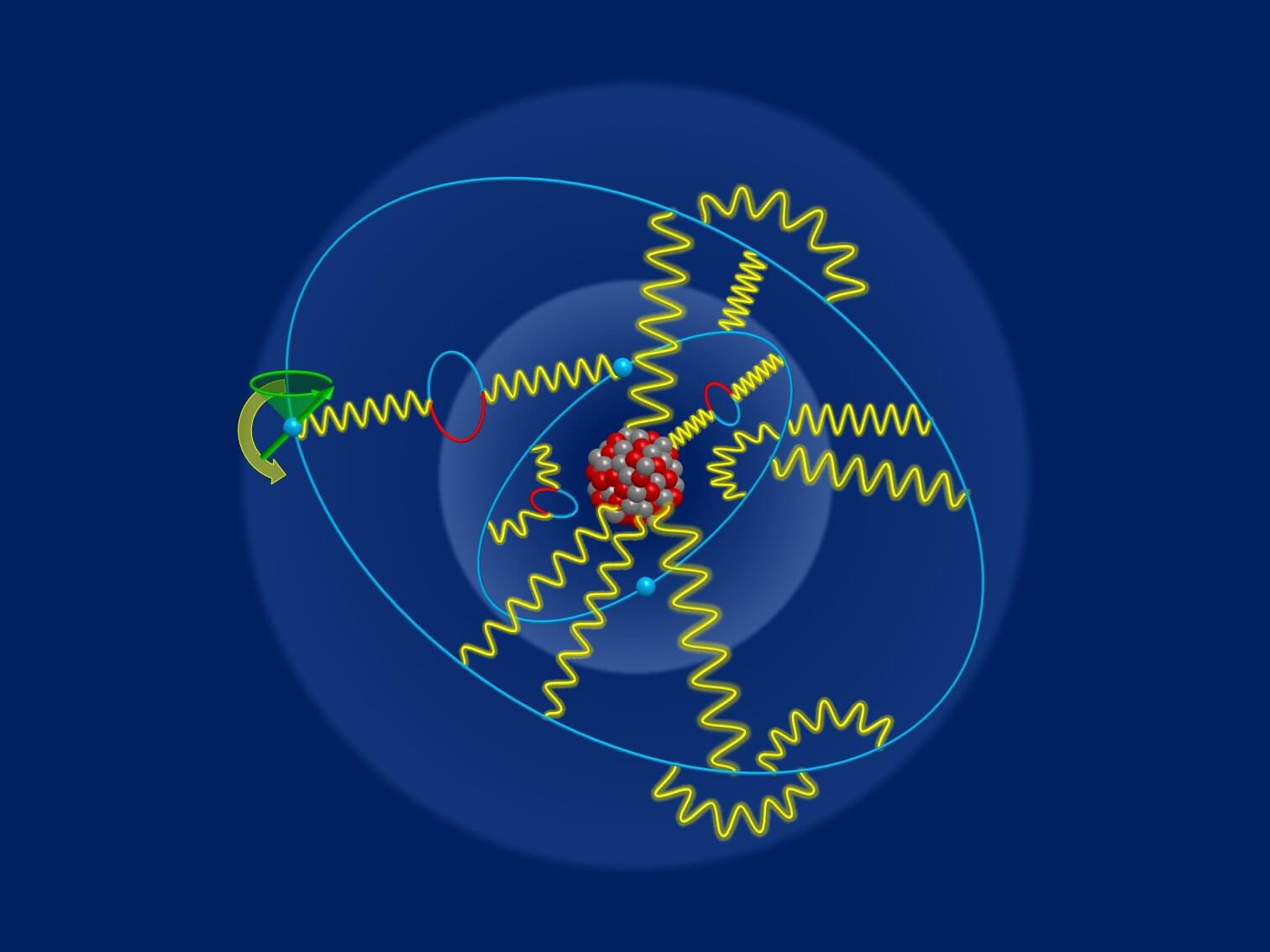Life on Earth possesses an exceptional ability to self-reproduce, which, even on a simple cellular level, is driven by complex biochemistry. But can self-reproduction exist in a biochemistry-free environment?
A study by researchers from Harvard University demonstrated that the answer is yes.
The researchers designed a non-biochemical system in which synthetic cell-like structures form and self-reproduce by ejecting polymeric spores.
